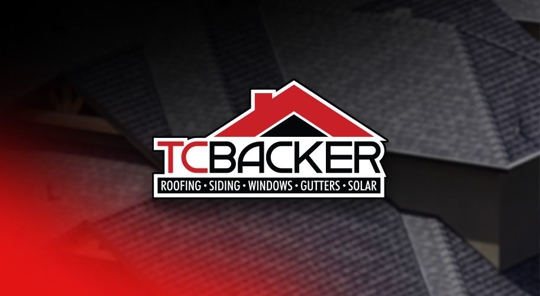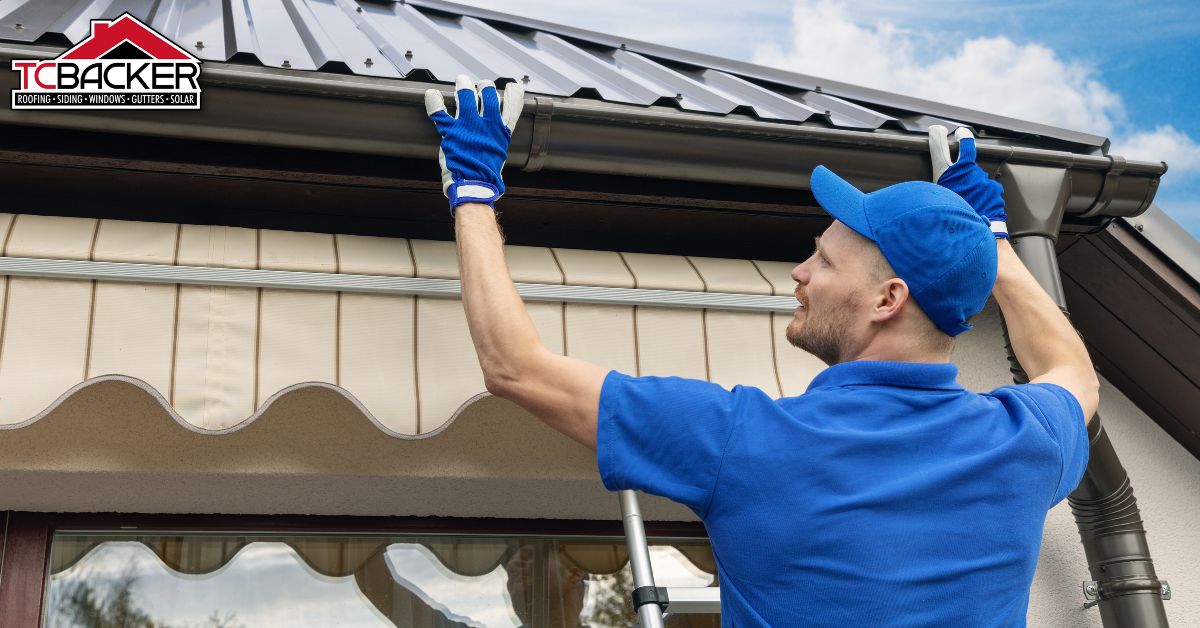With the national average cost to fix a single roof leak sitting at just under $800, installing a roof correctly the first time around is essential to avoid costly repair bills later on.
Your roof is a complicated system of layers, and the underlayment is the essential ingredient to keeping a roof (and your home) dry. What is roof underlayment? Basically, it all comes down to synthetic underlayment vs felt underlayment.
Read on to learn about why synthetic underlayment has become the industry material of choice when it comes to protecting roofs from the elements.
1. Extends the Life of Your Roof
If there was a single most important reason to invest in underlayment installation, it would be that this simple yet effective material significantly extends the life of your roof.
While synthetic underlayment will improve the life of a metal roof (or any other type of roof system for that matter), it’s especially important to fit it under shingles and tiles. The gaps between each segment are more vulnerable to damage from the elements.
In some cases, not having underlayment installed can void the roof material supplier warranty.
2. Leak Protection
Signs of a leaking roof include spots on the ceiling, buckling roof shingles, rusty pipes, and drips. If you’re looking to repair or replace a leaking roof, you won’t regret a decision to go with synthetic underlayment.
Water infiltration is the enemy of durable roofing. Synthetic underlayment consistently outperforms felt when it comes to water and mold resistance.
Because synthetic underlayment doesn’t absorb water like traditional felt tends to, it is reliably water-resistant.
Peel-and-stick style synthetic underlayment is even guaranteed waterproof! Water isn’t able to infiltrate the roofing surface, creating a dry environment that is unfavorable for mold and mildew. And that means less roof maintenance and longer roof life.
3. Tear Resistance: Synthetic Underlayment vs Felt
When roofing professionals install a roof, they need to walk across the surface of the underlayment regularly. If the material isn’t durable, the repeated friction of work boots on the roofing surface can cause tears.
Synthetic underlayment is not only more durable but with its extra grip, it’s also safer for roofers to install–even with roofing slip and trip injuries on the decline.
Synthetic underlayment is woven from hardy plastics like polyethylene and polypropylene. This construction gives the material greater strength than felt and also better traction for the workers who are walking on it. You also get fewer tears around the fasteners than with felt underlayment.
4. Better Protection From UV Exposure
The ultra-violet (UV) radiation in sunlight is harmful to every aspect of the roof on a commercial or residential building.
Not only will it degrade the roofing materials, but it can also cause the interior to heat up, increasing your utility bill. Manufacturers of synthetic underlayments know this. To extend roof life, they include approved UV-filtering additives and UV inhibitors in the manufacturing process.
Most synthetic underlayments can be left exposed for up to a year without experiencing UV damage. There’s no need to worry if your construction project runs into delays, as they so often do.
Installation Is a Breeze
Has all this talk of the benefits of underlayment materials got you wondering how to install roof underlayment? The good news is that synthetic underlayment vs felt is easier to install than felt for many reasons.
It’s lighter and offers more coverage per roll. This means fewer trips up the ladder for a roofing professional. And fewer hours on the job means a lower bill for you!
Most synthetic underlayment is also printed with nailing and overlap guides. This helps the roofers to place it quickly and more accurately onto the roof deck.
Are you ready to renovate your old, rundown roof? Or perhaps you’re a developer looking to seal up some new homes with weatherproof underlayment? Contact TC Backer today for a free quote on Pennsylvania, Maryland, and Delaware roofing services.
The post Synthetic Underlayment Vs Felt: 4 Reasons Synthetic is Superior appeared first on TC Backer Construction.





